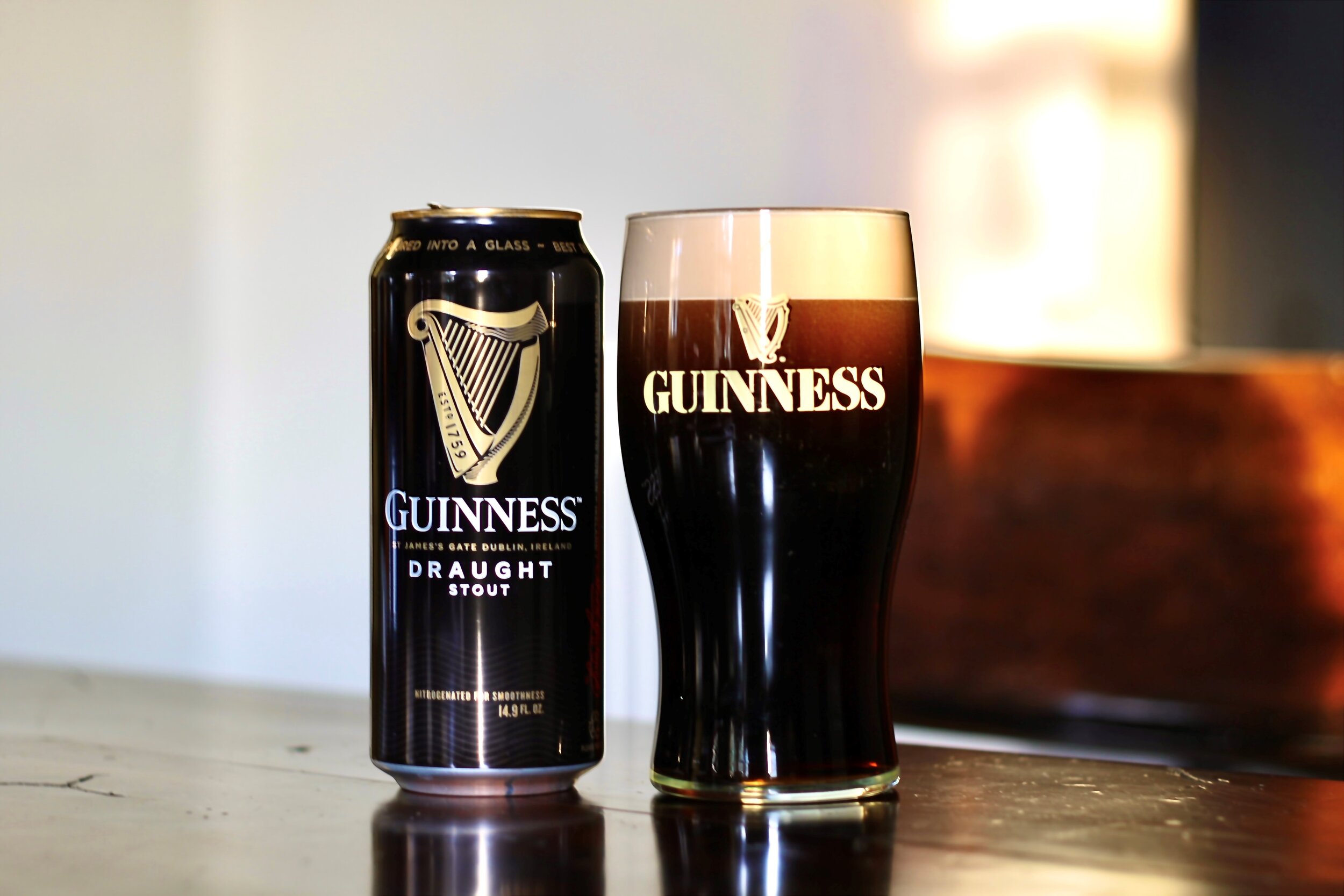The once dead beer style Grodziskie is making the faintest effort to crawl out of its Polish grave. It’s surprising it hasn’t been all the rage with craft brewers since its cousin, Berliner Weisse, or what people call Berliner Weisse, is practically a staple in taprooms across the globe.
As Lew Bryson recently pointed out on The Full Pint, so many people have a “fetish” for bacon, yet they choose sour over smoke in their beer. I don’t get it, but I’m not here to discuss that. This post brings us back to glassware. If you want to know more about the Grodziskie beer style, read this article by Stan Hieronymus in Craft Beer & Brewing Magazine.
There’s not much readily accessible documentation on what precise vessel or vessels were used for this beer before the proliferation of glass in the late 1800s, though the style was in existence as far back as the 14th century. When glassware exploded in popularity, Grodziskie production was at its peak and was exported around the world. It’s no surprise that there were a wealth of glassware options specifically marketed for Grodziskie. The style went into sharp decline in the second half of the 20th century.
In its heyday, some compared Grodziskie to Champagne, perhaps in an attempt to elevate its status. It did have a somewhat similar profile relating to color, clarity, and effervescence. Grodziskie was referred to as the “Champagne of Poland”, and the glasses that became associated with it in many ways resembled Champagne glasses of that era. They’re also quite similar to certain Pilsner glass styles. The similarity between these was so great that they were commonly listed next to each other in catalogs.
Early 20th century glassware catalogs depicting similar glasses for Champagne and beer. Source: https://www.glas-musterbuch.de/
Berliner Weisse, known as the “Champagne of the North”, went a different route in the early 1900s with its goblet style glass (see below), not unlike the Coupe style glass for Champagne. It has made its way into better-suited forms.
While the Pilsner glass has had a variety of permutations, the Grodziskie glass is always shown in a conical form. Some are wider than others. They vary from trumpet-shaped to straight-sided. Catalogs from the early 1900s show availability in various sizes, but historic marketing materials and actual examples still in existence, depict a glass larger than the typical Pilsner glass.
On the left, a catalog depiction of a Berliner Weisse glass (Weissbierschale, or white beer bowl) and a Grätzer glass. Grätzer is the German word for Grodziskie. On the right, another catalog example with a variety of glasses, including Pilsner and Grätzer, all having a nearly identical form. Source: https://www.glas-musterbuch.de/
A collection of Grodziskie glasses in Poland. Photo courtesy of Chip McElroy of Live Oak Brewing Company.
The Pilsner glass is rarely larger than 0.4L. It’s usually smaller. Grodziskie glasses are commonly 0.4-0.5L. The marketing materials seem to exaggerate the size of the glass. But as seen in this picture of Chip McElroy from Live Oak Brewing Company holding a Grodziskie from Browar Grodzisk, the depiction is accurate. It’s due in part to this type of Grodziskie glass being very narrow toward the base. It’s an attribute that makes the glass a little difficult to clean.
Chip McElroy, owner of Live Oak Brewing Company, enjoying a Grodziskie in Poland in a proper glass. Photo courtesy of Chip McElroy.
Some historic examples include a groove feature at the bottom of the glass, which was common in glassware in the early 1900s. These are referred to in the German catalogs as “Rippen-Schliff” and “Pflaumecken”, which Google translates to “rib-cut” and “plum wedges” respectively. This is not common for modern examples of Grodziskie glasses, or Pilsner glasses, but a similar feature is still found with Geueze glasses. In the case of the latter, the feature is referred to as “ribbelke”, Dutch for ribbed. This design element helps reduce the amount of contact a hand has on a glass, thereby reducing heating of the liquid.
The tall, slender glass elegantly presents the pale beer. Its triangular shape provides support for the robust foam cap. As Jenny Pfäfflin at Dovetail Brewery notes “I suspect because of the elevated carbonation of Grodziskie, this is why Grodzisk brewers chose this style of glass—to showcase its bubbles and also its large, fluffy head, which enhances its smoky aroma.”
Dovetail sells a glass to accompany their Grodziskie. They use the 14-ounce (414 mL) Classic Footed Pilsner Glass by Arc Cardinal. The glass is quite similar to (identical?) the straight-sided version of the Grodziskie glass. You’d be hard pressed to find a manufacturer selling a glass advertised for Grodziskie. Correspondence from Browar Grodzisk indicates the Polish glassware company Krosno produced a Grodziskie glass. It may be a specialty, or no longer in production as there is no glass identified on their website.
Dovetail Brewery’s thirst quenching Grodziskie, served in their version of a Grodziskie glass.
Around the Dovetail Brewery, Jenny jokes that they like to yell “PIWO GRODZIKIE”, and this is reflected in the bold lettering of their glass. Everyone should shout it out loud because there are not enough people that have heard about, or appreciate this beer style.
PS - If you’re looking for an authentic Grodziskie glass, it might be hard to come by (some pop up from time to time in Poland. Google ‘Grodziskie szkło’.) Of course, you can use whatever glass works for you when drinking this beer style (but really, you should just use a Willy Becher.)























